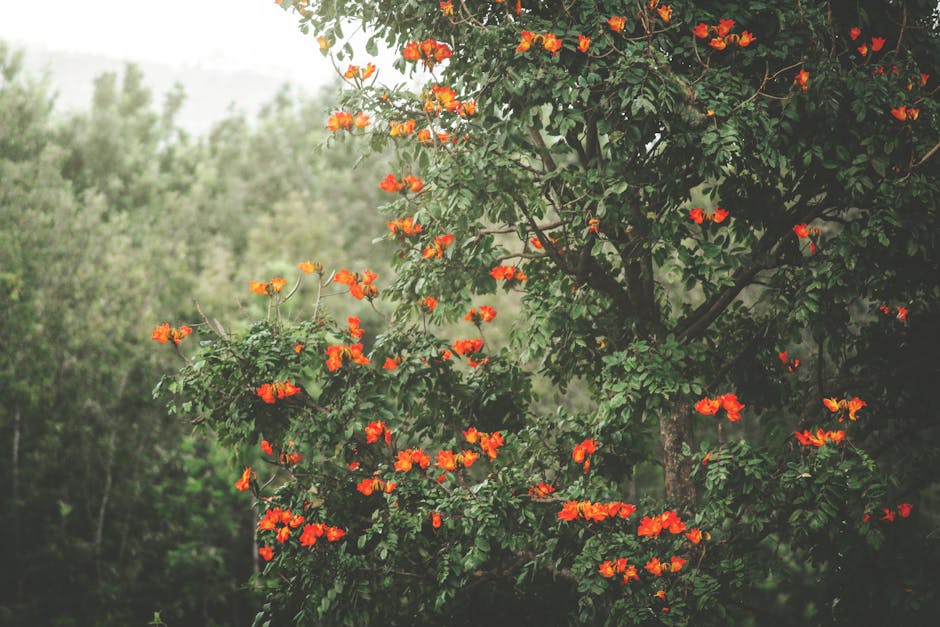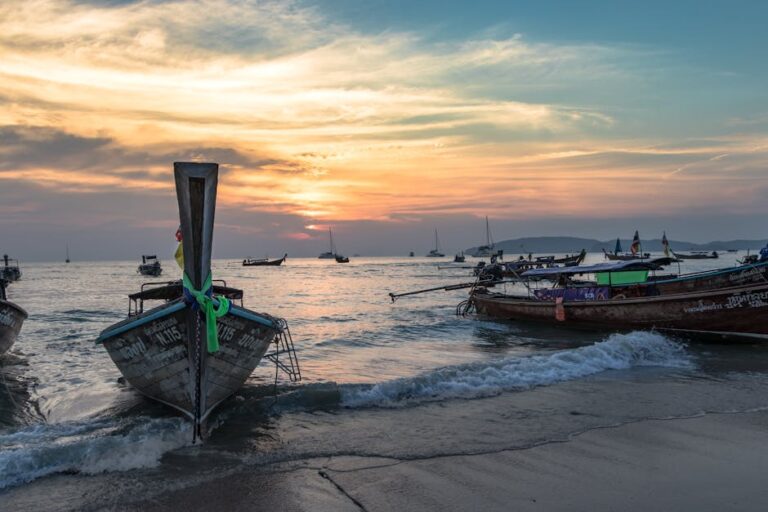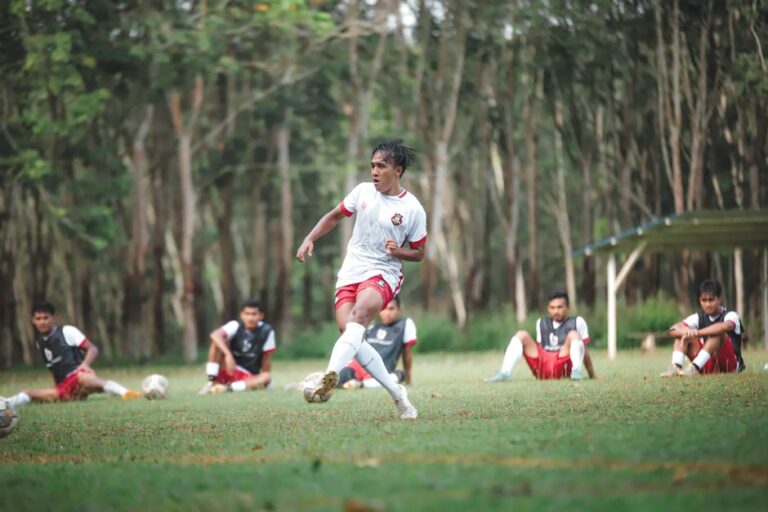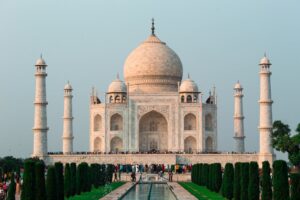Table of Contents
You wanna talk about Chikkamagaluru? Fine, let’s talk about it. Everyone’s got an opinion, don’t they? Some folks, they hear ‘coffee country’ and they picture some idyllic, quiet little spot. Others, they see dollar signs, particularly those sharp-suited types down in Bengaluru, always sniffing out the next big land grab. Me? I’ve seen a lot of places come and go, rise and fall, seen the shine wear off real quick sometimes. This place, though, it’s got a stubborn kind of charm. Or maybe it’s just the sheer volume of good coffee talking. It gets under your skin.
I remember this one trip, must have been a decade back. Roads were a mess, still are in plenty of spots, mind you. Potholes the size of small craters, felt like the car was gonna shake apart. But then you’d round a bend, and boom. Just green. Layer upon layer of it. Coffee plants all neat rows, then the big shade trees, then the mist. Hard to complain much when you’re breathing air like that.
Chikkamagaluru, people always ask me, “Is it still the real deal? Or has it gone full tourist trap?” My answer? Depends on where you look, doesn’t it? The core of it, the reason people went there for generations, that hasn’t changed. The coffee, the hills. That ain’t going anywhere. But what’s built up around it, that’s where things get interesting, and sometimes, a bit frustrating.
The Big Coffee Players: Who’s Brewing What
You can’t talk about Chikkamagaluru without talking coffee. It’s the lifeblood, the whole reason for the place. You got your big boys, the names everyone knows. Take Tata Coffee Limited. They’ve been around forever, a giant in the industry. You see their operations, it’s not just a few bushes. We’re talking serious scale, proper plantations, processing plants. They’re buying up beans, producing for domestic and international markets. They run a tight ship. Then you’ve got other big ones, not always based right there, but deeply invested, like Cafe Coffee Day (CCD), which, you know, had its own ups and downs but still sources big from these parts.
But then, you drive a bit further, down these winding roads, and you hit the estates. Smaller, family-run places. These are the ones that actually make the magic, many of them. Like Badra Estate or Harley Estate. Names you might not see plastered on billboards, but they’re pulling out some of the best beans you’ll taste. They’ve got history, generations of folks who know dirt and bean better than anyone. They’re the real unsung heroes, in my book. They’re the ones keeping that quality up, fighting off the big-money temptations to just churn out anything that sells. That’s where the actual good stuff comes from. They’re careful with the land. They know you mess with the land, you mess with your future.
What’s the coffee scene really like, you ask? Well, it’s not all quaint little cafes on every corner, not like a European city. You find those, sure, especially around the main town, but the real scene is out on the estates. That’s where the smell of drying beans hits you. That’s where you actually see the process, if you’re lucky enough to get a tour. It’s hard work. Long hours. And the prices? Up and down like a seesaw. You think growing coffee is easy money? Think again. These folks are at the mercy of global markets, and local weather patterns. A good monsoon, great. A bad one? Tough luck.
Small Roasters, Big Dreams
Then there’s a new breed popping up. Smaller roasters, often younger folks who went off to Bengaluru or even abroad, learned a thing or two, and came back. They’re trying to do specialty coffee, direct trade. They’re setting up little operations, selling online, shipping across the country. They’re not competing with Tata Coffee, not really. They’re aiming for a different market, people who care about origin, about the story behind the bean. It’s a good thing, keeps the old guard honest, keeps everyone on their toes. These are often tiny outfits, no grand names yet, but they’re the future of quality. They’re the ones telling the story.
Tourism Takes Hold: More Than Just Hills
So, is Chikkamagaluru worth visiting in 2025? Look, people are always going to want to get away from the concrete jungle. Bengaluru keeps getting bigger, hotter, busier. Where do they go? To the hills. Chikkamagaluru, it’s a natural choice. It’s got the reputation, the coffee, the cool air. It’s an escape. The numbers, they just keep climbing.
You see the big names moving in, building resorts. Like The Serai or Trivik Hotels & Resorts. These aren’t your grandpa’s guesthouses. These are proper luxury spots, infinity pools, fine dining. They’re catering to the crowd that wants comfort and views, but maybe doesn’t want to get their shoes muddy. They pull in folks who want to ‘experience nature’ without actually, you know, roughing it.
Then you’ve got the mid-range places, and a whole bunch of homestays. Those homestays, some of them are just fantastic. Run by families who’ve lived there forever, serving up local food, telling you stories. That’s where you get the real flavor of the place. Others? Just spare rooms with a lick of paint, trying to cash in. You gotta pick carefully.
The Roads, The Crowds, The Headaches
The infrastructure, though. That’s always the sticking point. The roads, I mentioned them. Still patchy. And when everyone decides to show up on a long weekend? Absolute chaos. Traffic snarls, bottlenecks. Takes forever to get anywhere. You go all that way for peace and quiet, and you spend half your time stuck behind a tour bus. It gets annoying. The local authorities, the Karnataka State Tourism development Corporation (KSTDC), they’re pushing tourism, which is fine, it brings money. But are they keeping up with the mess it creates? Not always. It feels a bit like they’re building the house without thinking about the plumbing.
It’s a balancing act, isn’t it? You want the economic gains from tourism, jobs for the locals, money flowing in. But you don’t want to kill the very thing that brings people there in the first place. Over-tourism is a real problem. Those pristine forests, the waterfalls, they can only take so much foot traffic, so much litter. It’s a constant battle, I tell you.
Property Dreams: investment or Illusion?
So, what about property investment in Chikkamagaluru? People are always asking. They see the tourism boom, the coffee prices, and they think, “land must be cheap, and it’ll go up.” Well, cheap is a relative term now, isn’t it? It’s not the Wild West anymore. Prices have climbed, especially around the prime spots near town or with good views. You’ve got developers, regional ones like Prestige Group or Brigade Group, maybe not huge projects right in the heart of Chikkamagaluru town, but they’re certainly eyeing the surrounding districts. Or they build these high-end holiday homes, villas, targeting the wealthy Bengaluru crowd.
Local Developers and Land Deals
Then you have the local builders, often smaller firms, perhaps without a flashy name you’d recognize from a newspaper ad in a big city. They’re putting up apartment blocks, modest houses. Some of these projects, well, they are what they are. Basic. Functional. Others are better. It’s hard to generalize. You always hear stories about land disputes, about farmers selling off parcels, then regretting it later. It’s a delicate dance. There’s a lot of money swirling around. And where there’s money, there’s always someone looking to make a quick buck, maybe not always through the straightest path. I’ve seen that story play out a thousand times.
It’s a beautiful place, Chikkamagaluru. Absolutely stunning, plenty of quiet spots if you know where to look. But don’t expect it to be some untouched paradise everywhere. Some spots are packed, a real circus, especially on weekends. It feels a bit like a secret that got out. Now everyone’s got a piece of it, or wants one.
You think you’re gonna buy a piece of land and sit on it, watch it double in five years? Maybe. Maybe not. The market goes up, it goes down. And you’ve got to think about the regulations, the environmental stuff. They’re trying to protect the Western Ghats, which is a good thing, really. Means you can’t just build anything anywhere. And that makes sense. You pave over everything, and what’s left? What’s the point of going there then?
Beyond Coffee: A Bit of Everything Else
People forget Chikkamagaluru isn’t just about coffee. It’s got pepper, cardamom, spices. Small-scale stuff, but important. Agriculture is still the backbone for a lot of families, even if the coffee gets all the headlines.
The local economy, it’s not super diversified, not really. It rides on coffee and tourism. If one of those hits a snag, everyone feels it. You ask any local shopkeeper, they’ll tell you. The price of coffee goes down, their sales go down. Tourists stop coming, same story. So, while it’s booming now, you gotta wonder how much of it is sustainable. Is it just a bubble? I’ve seen enough bubbles burst to be a bit wary.
The Public Hand: Coffee Board and Local Governance
The Coffee Board of India, while headquartered in Bengaluru, has a huge presence and a say in these regions. They set standards, provide support, or at least they try to. They’re supposed to be the guiding hand for the coffee growers. Sometimes they are. Sometimes, well, big bureaucracies move slow, don’t they? Farmers are always grumbling about something. About prices, about subsidies, about red tape. It’s just the way it is. You try to tell a farmer in the hills what he needs to do, and he’ll probably just nod politely and go on doing what he’s always done.
And the local governance? They’re trying to keep up. Road repair, waste management, water. All the usual stuff. They’re dealing with increasing population, increasing tourist footfall. It’s a lot. They’re stretched thin, I reckon. They’re trying, but it’s a big job.
The Future: More of the Same, But Different?
So, what’s next for Chikkamagaluru? I believe it’ll keep growing. The allure of the hills, the coffee, it’s powerful. People want to escape, and this place offers that escape, even if it’s getting a bit crowded in parts. The bigger resorts will keep expanding. More homestays will pop up. More coffee shops. That’s just natural.
But will it retain its soul? That’s the real question, isn’t it? Will the smaller growers get squeezed out? Will the homestays get replaced by big hotels? Will the natural beauty get overwhelmed by concrete and trash? I hope not. I truly do.
I mean, is it good for families? Yeah, absolutely. Plenty of places for kids to run around, decent food, not much in the way of nightlife if that’s what you’re after, which for families is probably a plus. Plenty of spots to just sit and look at stuff. Temples too, if that’s your thing.
Any challenges there? Oh, plenty. Water. Waste. The sheer number of vehicles. Keeping the local economy afloat for everyone, not just the big fish. Getting reliable internet everywhere, believe it or not, is still a thing for a lot of places outside the main town. Getting healthcare where it needs to be. These aren’t unique to Chikkamagaluru, mind you. These are the challenges of any growing tourist spot in a developing country.
The weather’s good, though. Most of the year, anyway. That’s one thing they can always count on. Good weather, good soil. And stubborn people who know how to make good coffee. That’s what it all comes down to, really. That, and a bit of luck.












